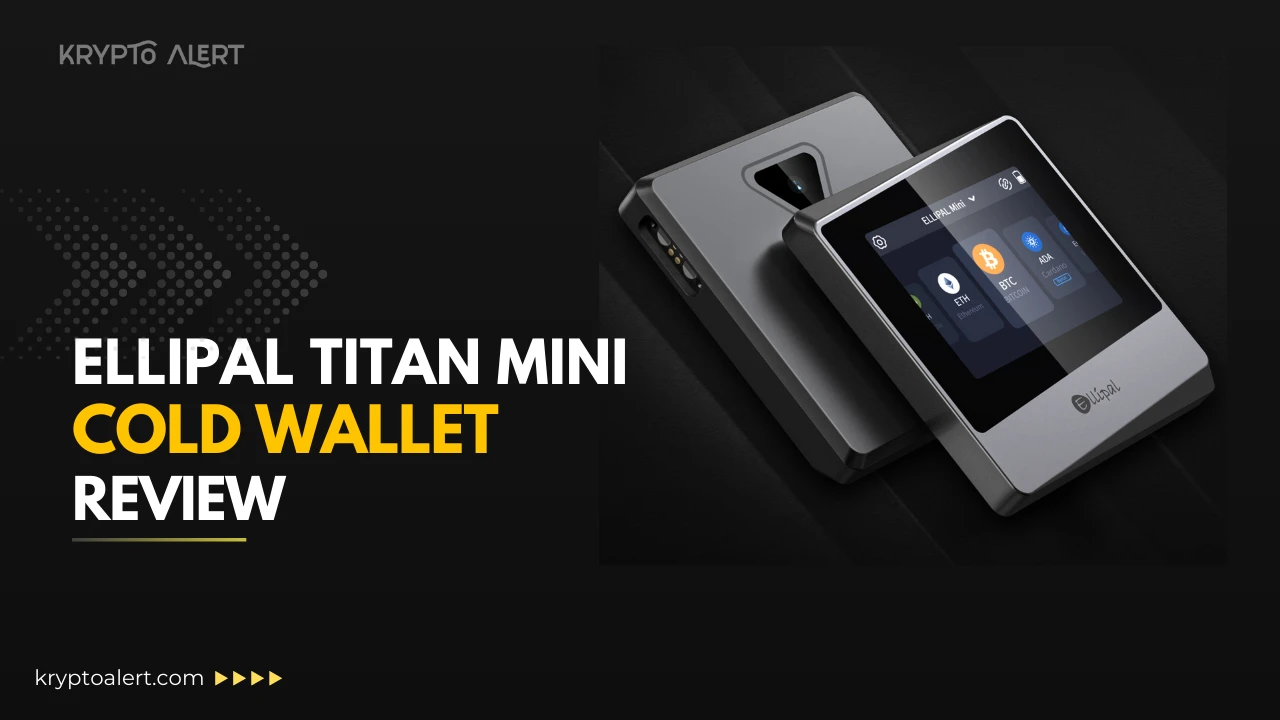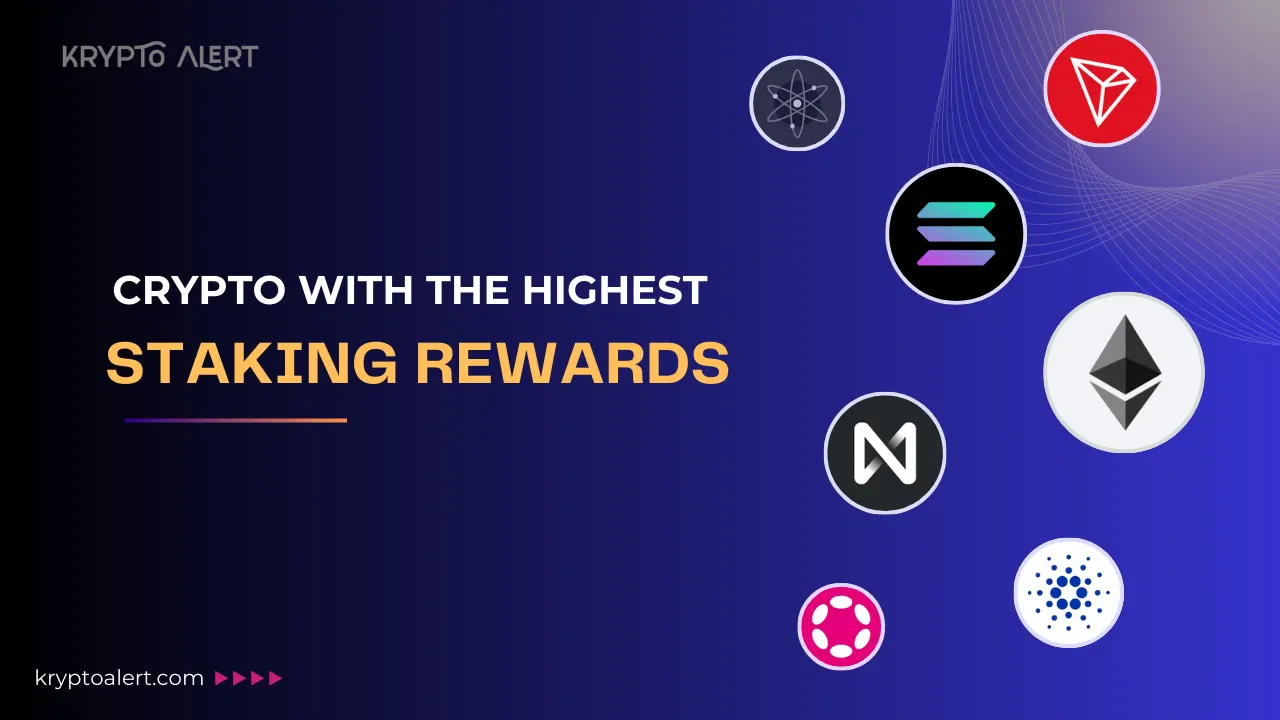Earning passive income with cryptocurrencies from your laptop is an attractive prospect, especially if you want to start without significant costs. Passive income means earning money with minimal ongoing effort, and in crypto, this can be done through methods like staking, lending, or holding assets in savings accounts. This guide will break down the best cryptocurrencies and methods for 2025, ensuring you can get started easily and safely.
Table of Contents
Top Methods for Passive Income
Here, we’ll explore the most beginner-friendly methods that require just a laptop and internet connection, focusing on staking, lending, savings accounts, and more.
Staking: A Beginner-Friendly Approach
Staking involves holding and locking cryptocurrency to support network security, earning rewards in return. It’s ideal for laptops as it requires only a compatible wallet or platform.
- Benefits: Low risk, predictable rewards, and supports network health. For example, staking Ethereum (ETH) on platforms like Lido or RocketPool offers liquid staking, meaning you can still use your assets.
- Risks: Funds may be locked for periods, and token price volatility can affect returns. High initial investment is needed for some opportunities, but platforms like Best Wallet lower the barrier with over 60 supported cryptocurrencies.
- Best Cryptocurrencies:
- Ethereum (ETH): Popular post-Ethereum 2.0, with staking options on Ankr (2.5%-8.9% APR).
- Cardano (ADA): Known for low entry barriers and competitive rewards.
- Polkadot (DOT): Accessible staking system, part of Ankr’s offerings.
- Cosmos (ATOM): High APY, up to 14.4% on Uphold, known for interoperability.
- Platforms:
- Best Wallet: APY 5%-20%, integrates RocketPool and Lido, with 2FA and FireBlocks insurance (5 Best Crypto Staking Platforms).
- Ankr: Supports ETH, Flow, Avalanche, etc., APR 2.5%-8.9%.
- Uphold: Staking for 19 cryptos, up to 14.4% for Cosmos.
- How to Start: Choose a crypto, transfer to the platform, stake via their interface, and monitor rewards. For example, Best Wallet’s mobile app simplifies access with email and phone number.
Here’s a table summarizing staking options:
| Platform | Cryptocurrencies for Staking | APY/APR Range | Additional Features/Notes |
|---|---|---|---|
| Best Wallet | Over 60 cryptocurrencies | 5% to 20% APY | Wallet-based on-chain staking, links to RocketPool and Lido, 2FA, crypto fund insurance via FireBlocks, trading |
| Ankr | Ethereum, Flow, Avalanche, BNB, Polkadot, Sui (Liquid Staking); ANKR, GNO (Delegated Staking) | 2.5% to 8.9% APR | Liquid Staking, delegated staking, Parachain Crowdloan within Polkadot ecosystem |
| Uphold | 19 cryptocurrencies, highest Cosmos at 14.4%, lowest Hedera at 0.1045% | Up to 14.4% | Weekly rewards in staked crypto, locked and flexible staking, 20-25% commission fee |
Crypto Lending: Earn Interest on Loans
Crypto lending lets you loan your assets on platforms like Aave or Compound, earning interest without selling. It’s stable but has risks like borrower defaults or platform liquidity issues.
- Benefits: Predictable income, retain ownership, and flexible terms. Nexo offers up to 14% on flexible savings and 16% on fixed-term, suitable for laptops.
- Risks: Counterparty risk (borrower default) and platform risk (e.g., liquidity issues). Always verify platform reputation.
- Platforms: Aave, Compound, Nexo.
- How to Start: Deposit crypto, select lending terms, and monitor interest. For example, Aave allows lending ETH, USDC, DAI with variable rates.
Crypto Savings Accounts: Simple and Predictable
Crypto savings accounts, like those on Coinbase or BlockFi, let you deposit stablecoins like USDC to earn interest, similar to traditional savings. It’s user-friendly and low-risk.
- Benefits: Predictable returns, easy to manage, no technical expertise needed. Coinbase offers over 5% on USDC (Coinbase Earn), ideal for beginners.
- Risks: Lower rates compared to staking, and platform insolvency or hacking risks (not insured like banks).
- Platforms: Coinbase, BlockFi, Nexo (up to 14% flexible, 16% fixed-term).
- How to Start: Open an account, deposit crypto, and earn interest automatically. For example, Coinbase’s interface is intuitive for laptop users.
Here’s a comparison of interest rewards:
| Method | Description | Difficulty | Platforms/Examples | Interest Rate | Pros | Cons |
|---|---|---|---|---|---|---|
| Cryptocurrency Interest Rewards | Hold crypto on a platform to earn rewards | Very Easy | Coinbase, Kraken | Over 5% on USDC | Easy to start, low technical barrier, easy liquidity | High investment for reliable income, bankruptcy risk |
Yield Farming: Advanced but Risky
Yield farming involves staking or lending crypto in DeFi platforms for high returns, often through interest or additional tokens. It’s high-risk due to volatility and smart contract vulnerabilities.
- Benefits: High potential returns, flexibility to switch platforms for better yields. Uniswap and SushiSwap are leaders, offering trading fees and incentives.
- Risks: Market volatility, impermanent loss, and smart contract hacks. It’s advanced, so proceed cautiously.
- Platforms: Uniswap, SushiSwap, Aave.
- How to Start: Connect a wallet like MetaMask, deposit into a liquidity pool, and monitor rewards. Ensure you understand the risks, as Blockpit notes it’s suitable for higher risk tolerances.
Dividend-Paying Tokens: Steady Income with Risks
Some tokens pay regular dividends, like KuCoin Shares (KCS) or NEO, requiring you to hold them to earn. It’s low effort but has project risk.
- Benefits: Steady income, compound interest potential. KCS holders receive trading fee shares (KuCoin KCS), ASD on AscendEX (AscendEX ASD), and NEO pays GAS (NEO).
- Risks: Variable dividends, project failure risk, and token devaluation. Limited adoption can affect returns.
- How to Start: Buy and hold in a wallet or exchange, receiving dividends automatically.
Here’s a summary of dividend options:
| Method | Description | Pros | Cons | Efficiency | Factors Influencing Returns |
|---|---|---|---|---|---|
| Dividend-Paying Tokens | Hold tokens to earn regular dividends in additional tokens. | Steady income, participate in project success. | Variable dividends, project failure risk, token devaluation. | Moderate | Project success, dividend policy, token price, demand, regulations, user adoption. |
Risks and Considerations
All methods carry risks, from platform insolvency to market volatility. For example, yield farming has significant smart contract risks, as noted by Blockpit, and crypto lending has counterparty risk. Always research platforms, enable 2FA, and never share private keys. Forbes advises caution against scams like phishing or imposter giveaways.
Tax implications also matter; passive income from crypto is taxable, with laws varying by country.
Conclusion
For passive income on your laptop in 2025, staking Ethereum, Cardano, Polkadot, and Cosmos on platforms like Best Wallet or Ankr is recommended, with APY up to 20%. Stablecoins like USDC on Coinbase (over 5%) are great for beginners, while crypto lending on Aave and savings on BlockFi offer alternatives. Yield farming and dividend tokens like KCS are viable but riskier. Always research, start small, and diversify to manage risks effectively.




Leave a Reply